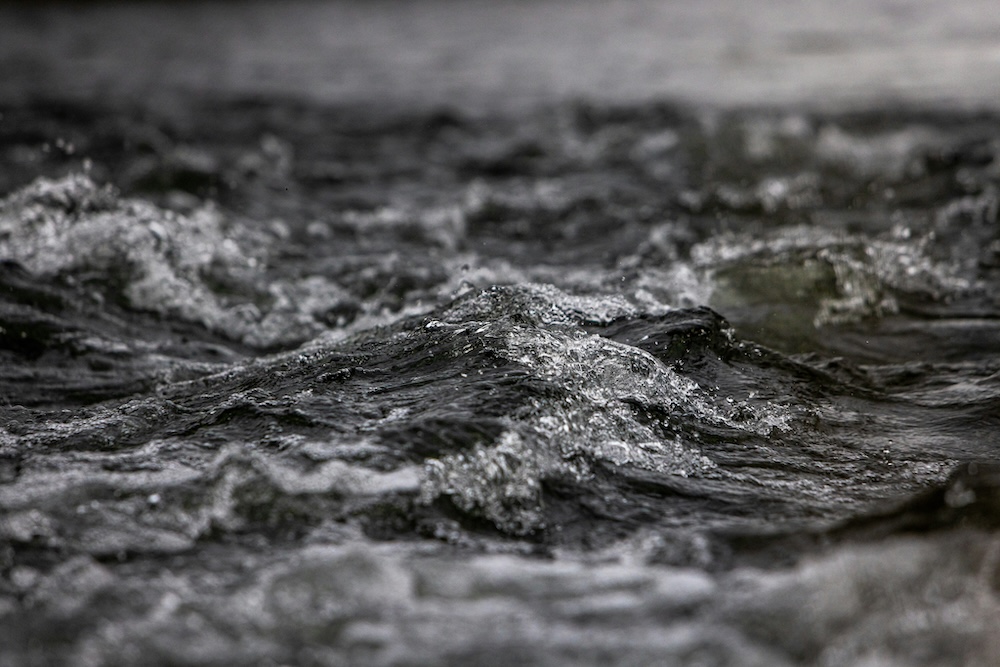John Osmond explores the arguments for charging for Welsh water and finds that, as with devolution itself, the genie is out of the bottle
By one calculation Wales’ present export of water to England, from the Elan Valley to Birmingham and from Lake Vyrnwy and Tryweryn to Liverpool, could be worth as much as £4.5 billion a year. This is the net transfer of social security payments coming into Wales after our National Insurance contributions are taken into account.
Rhodri Morgan drew attention to the relationship between resources such as water going out of Wales and net public expenditure coming into the country in a remarkable essay when he was First Minister. Entitled ‘Welsh Labour’s Future’ it was his contribution to Politics in 21st Century Wales, a collection of essays published by the IWA during 2008. In it he explained in typically forthright terms why Welsh Labour should cling to devolution as the best practical means for projecting a sense of Britishness alongside Welshness. As he put it:
“The Labour Party position which I advocate, can be summed up simply in this way. Devolution – as opposed to unionism, federalism, or nationalism – offers the people of Wales the best of both worlds. We are able, increasingly, to take control of our own domestic affairs, while retaining the benefits which flow from being part of Britain.”
This argument about the inter-dependency of Wales and England is worth some reflection in a week when the hoary old question about the value of Wales’ water and whether we should be charging for it has leapt once more into the headlines. On Tuesday evening Taro Naw, S4C’s current affairs programme, quoted John Elfed Jones, former chairman and chief executive of Welsh Water, as questioning the fairness of water being exported to England without any return. “In 50 years will our people look back and ask why didn’t we invest years ago,” he asked. And accusing the Welsh political class of lacking energy and vision, he declared, “Its about time we took this option seriously.”
By investment John Elfed Jones, a man who enjoys stirring the pot, was presumably thinking of the potential for our building more reservoirs and exporting more water at a time when the English south-east is experiencing what looks to be long-term shortages. Indeed, as Taro Naw was being broadcast Severn Trent Water Authority announced plans to sell (at cost) 30 million litres of water a day to Anglian Water, one of the seven companies that imposed a hosepipe ban at the start of this month. So evidently, a market is there and looks destined to expand.
Key: SEW – South East Water; SES – Sutton and East Surrey;
VEC – Veolia Central; VSE – Veolia South East.
However, according to Rhodri Morgan, this notion of a market in resources between Wales and England would undermine the social solidarity that underpins his vision of what Britain should be all about. As he argued in his essay three years ago:
“Wales has been, and remains, a net resource beneficiary from being part of Great Britain. In Scotland, the issue of North Sea oil and gas clouds discussion of resource transfers. In Wales the position is far clearer. As part of the British ‘club’ we contribute hugely to the combined well-being of the whole – be it through supplying water to Midland conurbations, or in future, through the renewable energy potential of a Severn Barrage, or in retirement destinations for the pensioners of the Potteries.”
Of course, putting this argument down to a pragmatic judgement about the relative values of the resources being transferred, begs the question about what happens if the relative values alter. Why Rhodri Morgan’s argument was so arresting was that, until that point – and certainly until the onset of devolution – most people didn’t think in terms of putting a commercial price on water. It was somehow assumed that, like air itself, and apart from the charges associated with abstraction, purification, transportation, and handling waste, it should be free at the point of use.
For most people that is still the case. But as water becomes increasingly scarce in south-eastern England, there is a growing argument for putting a commercial price on it. This is quite apart from the specifically Welsh argument that we should get paid for a valuable commodity. The case is simply that if people were paying for water by the litre they would be much more careful how they used it. They wouldn’t waste it by allowing out-dated pipes that leak to go unrepaired for example. And, certainly, there wouldn’t be any need for hosepipe bans.
It seems to me that we are entering a new era, hastened by climate change, when Welsh water, of which after all, there is seemingly an endless supply, will come to be seen as more valuable than the steadily reducing amounts of Scottish oil. In these circumstances the iron economic law of supply and demand will take over. And it will substantially change the terms of Rhodri Morgan’s calculation about the relative value of resource exchanges between Wales and England.
I would argue, too, that Rhodri’s computing the price of water, or Wales renewable energy potential, or, even more the value to England of their pensioners from the ‘Potteries’ retiring to Wales, against social security subsides to our young people out of work, is a dead end economic approach. Nonetheless, the fact that he put a price on Welsh water, even if only in terms of its value in an exchange of resources between Wales and England, let the genie out of the bottle. And, as with devolution itself, there’s no putting it back in.







Comments are closed.